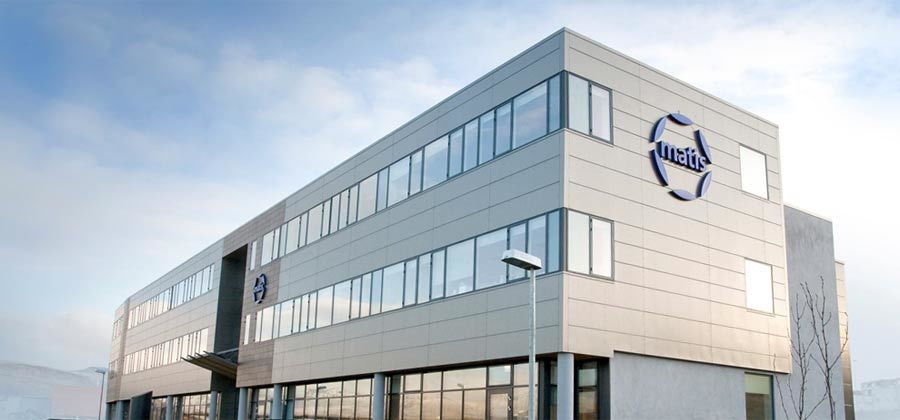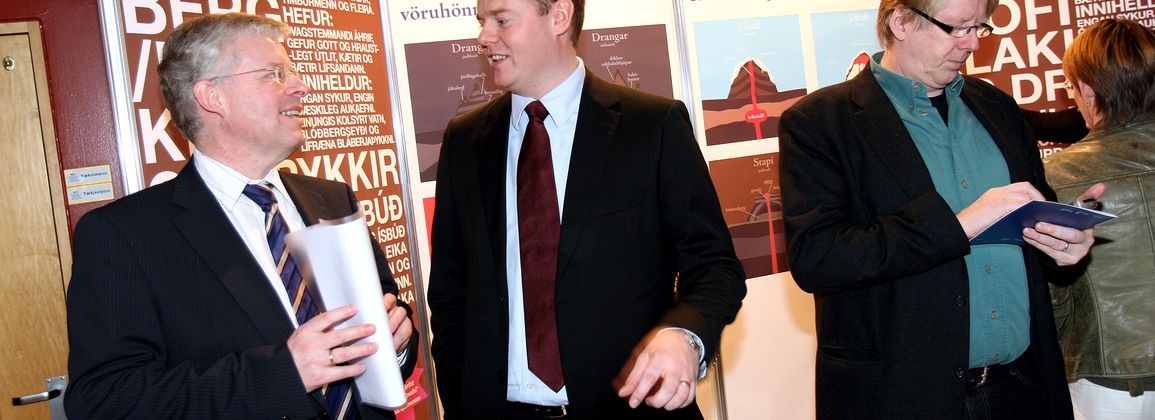Shelf life tests on cod pieces: Effects of supercooling on salt and protein injected cod muscles
An integrated refrigeration study was performed on the effects of salting, protein injection and subcooling on the quality, chemical and physical properties of salt and protein injected cod muscles. The study shows that by injecting salt and protein into the muscle, utilization can be improved, drip reduced and the boiling efficiency of the muscle increased. On the other hand, the injection of salt and protein into muscles increases microbial growth and the formation of erratic alkalis, thus shortening the shelf life of the product. However, lowering the storage temperature could inhibit the growth of microorganisms and the formation of erratic alkalis. Decreased storage temperature, however, led to cell damage due to ice formation on the surface regardless of the salinity of the muscle. Therefore, it is not considered desirable to store fresh or lightly salted cod muscle at temperatures below -2 ° C. The effect of rinsing the samples in a brine bath after injection was also investigated. Such rinsing did not significantly affect the water and salinity or efficiency of the samples, but showed a reduction in the formation of erratic bases. It is therefore advisable to rinse fillets in brine after injection to prevent damage to the best extent possible. Sensory evaluation results showed that the properties of the muscle changed significantly with the injection of salt and protein into the muscle, but the injected groups lost their freshness characteristics until the fresh untreated control group.
A combined cooling experiment was performed on the effect of salting, protein injection and superchilling on the quality and physicochemical properties of brine and protein injected cod muscle. The study showed that brine and protein injections lead to increased processing and cooking yield, as well as decreased drip. Injection of salt and proteins increase on the other hand microbiological growth and the formation of volatile nitrogen bases, which in turn leads to shorter shelf life. By lowering the storage temperature this growth of microorganisms and volatile nitrogen bases could be decreased. If the storage temperature is kept too low this on the other hand led to cell damages due to ice crystallization on the muscle surface, independent on the salt content of the muscle. It is therefore not recommended to store fresh and light salted cod at temperatures below -2 ° C. The study also viewed the effect of brining the muscle after brine and protein injection. This brining had no significant effect on the salt or water content of the muscle but decreased the amount of volatile bases. It is therefore recommended that cod muscle is always washed in brine after injection to keep damaging processes at a minimum. Sensory analysis showed a significant difference between the characteristics of brine and protein injected samples to unprocessed cod muscle. The injected groups also lost their freshness characteristics earlier than the unprocessed control group.





















